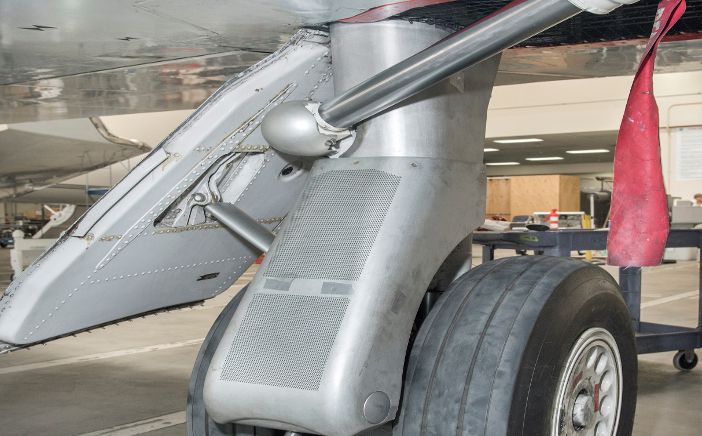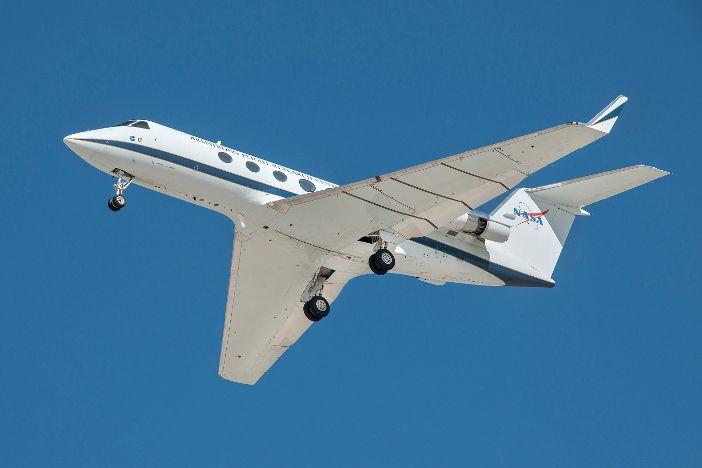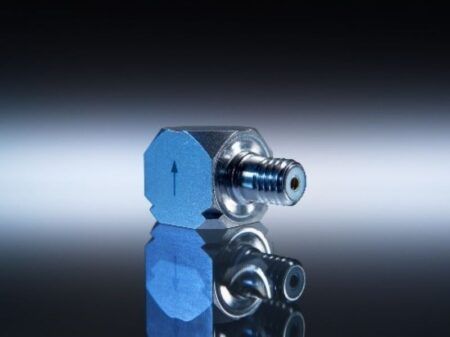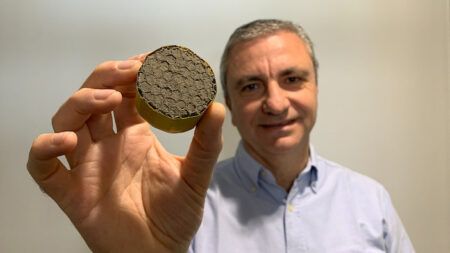A NASA research project has successfully tested several technologies designed to reduce the noise generated by an aircraft’s landing gear and wing flaps when landing.
The Acoustic Research Measurement (ARM) flights, which concluded in May, were conducted at NASA’s Armstrong Flight Research Center in California on the agency’s modified Gulfstream III flying testbed.
The aircraft flew at an altitude of 350 feet, over an 185-sensor microphone array deployed on the Rogers Dry Lake at Edwards Air Force Base in California.
The landing gear noise reduction technology element addressed the noise caused by airflow moving past the landing gear on approach. The experimental landing gear tested features fairings that are porous along their front, allowing some of the air to flow through the fairing, while deflecting some of the airflow around the landing gear.

Porous concepts have been studied before, but this latest design has been produced using detailed computer simulations to maximize noise reduction without increasing aerodynamic drag.
Researchers also applied two concepts to deal with the noise created by landing gear cavities. One used a series of chevrons placed near the front of the cavity with a sound-absorbing foam at the trailing wall, while the other used a net across the opening of the main landing gear cavity to alter the airflow.
To reduce wing flap noise, the researchers used an experimental, flexible flap that had previously been flown as part of the Adaptive Compliant Trailing Edge (ACTE) project, which investigated the potential for flexible, seamless flaps to increase aerodynamic efficiency. As opposed to conventional wing flaps that typically feature gaps between the flap and the main body of the wing, the ACTE flap, built by US-company FlexSys is a seamless design without gaps.
When combined, the technologies achieve a greater than 70% reduction in noise from the airframe, said NASA.
NASA’s design for porous concepts for landing gear fairings (Image: NASA/Ken Ulbrich)
ARM Project Manager Kevin Weinert said, “This airframe noise reduction technology is definitely momentous, and directly benefits the people who live near major airports and have to deal with the noise of aircraft coming in to land. This could greatly reduce the noise impact on these communities.”
Mehdi Khorrami, the principal investigator for Acoustic Research Measurement, said, “The number one public complaint the Federal Aviation Administration receives is about aircraft noise. NASA’s goal here was to reduce aircraft noise substantially in order to improve the quality of life for communities near airports.
“We are very confident that with the tested technologies we can substantially reduce total aircraft noise, and that could really make a lot of flights much quieter.”
A series of NASA flight tests has successfully demonstrated technologies that achieve a significant reduction in the noise generated by aircraft and heard by communities near airports.
June 26, 2018





